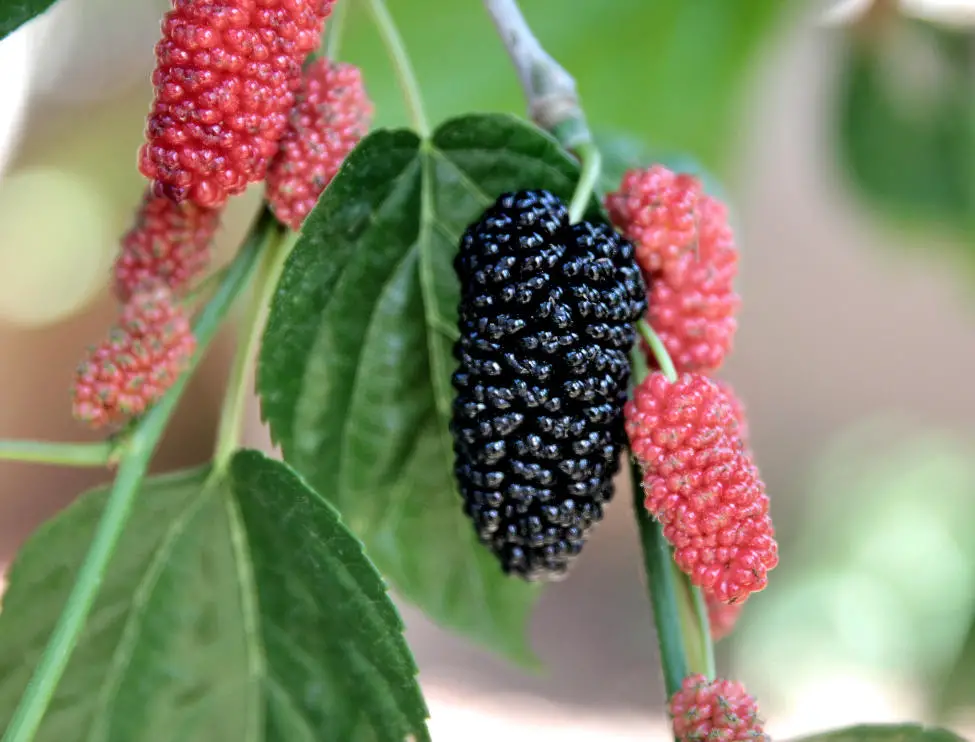Mulberry trees are not only beautiful additions to any landscape but also provide delicious and nutritious fruits. Whether you’re a seasoned gardener or a novice enthusiast, growing and caring for a mulberry tree can be a rewarding experience. In this guide, we’ll explore the step-by-step process of planting, nurturing, and maintaining a healthy mulberry tree in your garden.
Selecting the Right Variety
Before diving into the planting process, it’s essential to choose the right variety of mulberry trees for your climate and space. Mulberry trees come in different species, including white mulberry, red mulberry, and black mulberry, each with its unique characteristics. Consider factors such as your region’s climate, available space, and desired fruit flavour when selecting a variety. For example, white mulberries are well-suited to warm climates, while black mulberries thrive in cooler regions.
Choosing the Ideal Location
Once you’ve selected the variety, the next step is to choose the perfect spot for your mulberry tree. Mulberry trees prefer full sun and well-drained soil. Look for a location in your garden that receives at least six to eight hours of direct sunlight per day. Additionally, ensure the soil is fertile, loamy, and has good drainage to prevent waterlogging, which can lead to root rot.
Planting Your Mulberry Tree
When planting your mulberry tree, follow these steps for success:
- Dig a hole that is twice as wide and just as deep as the tree’s root ball.
- Gently remove the tree from its container and loosen the roots.
- Place the tree in the centre of the hole, making sure the soil level is even with the surrounding ground.
- Backfill the hole with soil, gently firming it around the base of the tree.
- Water thoroughly to settle the soil and hydrate the roots.
Remember to space multiple mulberry trees at least 4.5 to 5 metres apart to allow for proper growth and airflow.
Watering and Fertilizing
Proper watering and fertilization are crucial for the healthy growth of your mulberry tree, especially during its first few years. Water your tree regularly, especially during dry spells, ensuring the soil remains consistently moist but not waterlogged. Mulberry trees benefit from a balanced fertilizer application in early spring, just before new growth begins. Use a fertilizer specifically formulated for fruit trees and follow the manufacturer’s instructions for application rates.
Pruning and Training
Pruning is essential for shaping your mulberry tree, promoting airflow, and maintaining its overall health. Begin pruning your tree in late winter or early spring while it is dormant. Remove any dead, damaged, or crossing branches, as well as any suckers or water sprouts that may emerge from the trunk or roots. Additionally, prune to maintain an open canopy structure, allowing sunlight to penetrate and reach all parts of the tree. Training your mulberry tree to a central leader or an open vase shape can help maximize fruit production and ease of harvest.
Pest and Disease Management
Like any fruit tree, mulberry trees are susceptible to pests and diseases that can affect their health and productivity. Keep an eye out for common pests such as aphids, scales, and caterpillars, and treat them promptly with insecticidal soap or neem oil if necessary. Additionally, practising good sanitation by removing fallen leaves and fruit can help prevent the spread of diseases such as powdery mildew and leaf spot. If you notice any signs of disease, consult with your local extension office or a certified arborist for guidance on treatment options.
Harvesting Mulberries
One of the most enjoyable aspects of growing a mulberry tree is harvesting its delicious fruits. Mulberries typically ripen in late spring to early summer, depending on the variety and location. Harvest ripe mulberries by gently pulling them from the tree, taking care not to damage the delicate fruit or branches. Enjoy fresh mulberries straight from the tree, or use them in a variety of culinary creations, including jams, pies, and smoothies.
With proper care and attention, your mulberry tree will reward you with years of beauty and bounty in your garden.

